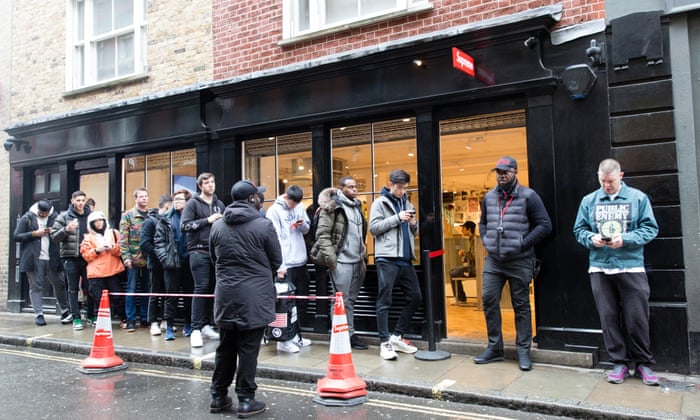Typical – you wait an hour for one article about the inadequacies of our current methods for measuring retail performance, and two turn up at once.
Recently at TruRating Towers we came across two interesting articles both questioning the validity of today’s most commonly used retail metrics.
Writing in Forbes, Richard Kestenbaum’s “The Way We Measure Retail Store Performance Needs to Change“, puts a straight forward and well-argued case for change.
Historically, there have been two metrics fundamental to measuring store performance:
- Sales per square foot
- Store income statements
The first was often used to provide a base level indicator of performance that allows for store-by-store comparison, regardless of the actual size of each location. The second is a more localized metric, that allows management to review performance as if each store effectively operated as its own business.
While these were once stable and generally industry-normative indicators for judging a store’s performance, the relationship the modern consumer has with physical retail locations is more complex. Stores are no longer mere warehouses for selling and holding goods but operate in a variety of ways including:
- Boosting online sales in the local area (the store as billboard)
- Pick up and drop off point for online purchases and returns
- As a venue for ‘experiential’ events
While traditional KPI’s are not without value in this new world, our relationship with stores has evolved, and so too, argues Kestenbaum, should our success measures as a result.
In, “Measuring the Store of the Future“, Doug Stephens goes a step further, labelling retail’s traditional KPIs as ‘industrial-age metrics’, “Judging a store’s performance simply by regarding it’s most recent sales results is like evaluating a patient’s health by asking what they had for breakfast that day.”
Stephen’s hypothesis, echoing his 2017 book Reengineering Retail, is that we will judge the worth of the store of the future in terms of it’s ‘media value’ more than anything else…
But what does this mean? As the digital space becomes increasingly saturated and reaching anyone online via targeted media becomes near impossible, the value of the store as simply another channel by which to reach customers becomes increasingly tenable, “Your stores are your media,” Stephens writes, “you’re just not measuring it.” (Yet!)

For Stephens, the retail metric of the future will be closer to our existing digital measurements e.g. positioning ‘one positive in-store experience’ as equivalent to a digital impression or click through. Stephens proposes a method of value calculation that utilizes NPS scores to attempt to derive a quantifiable $-comparison to establish each store’s ‘media worth’.
While certainly thought-provoking, the idea of evaluating store success purely by this kind of hypothetical metric seems a little way off yet.
At TruRating, we believe that ‘Experience’ is the metric that contemporary retail needs to focus on. While every customer experience is subjective to a degree, providing a consistent way to measure the majority of customer interactions, across a full range of experiential metrics, is the closest one can get to something like an objective truth when it comes to CX.
To put it in simple terms – if you want to understand your business, it’s a necessity to ask your customers about it frequently. And if you can map that customer sentiment to transactional point-of-sale data while you do it?
Well, you just might be on to something!


